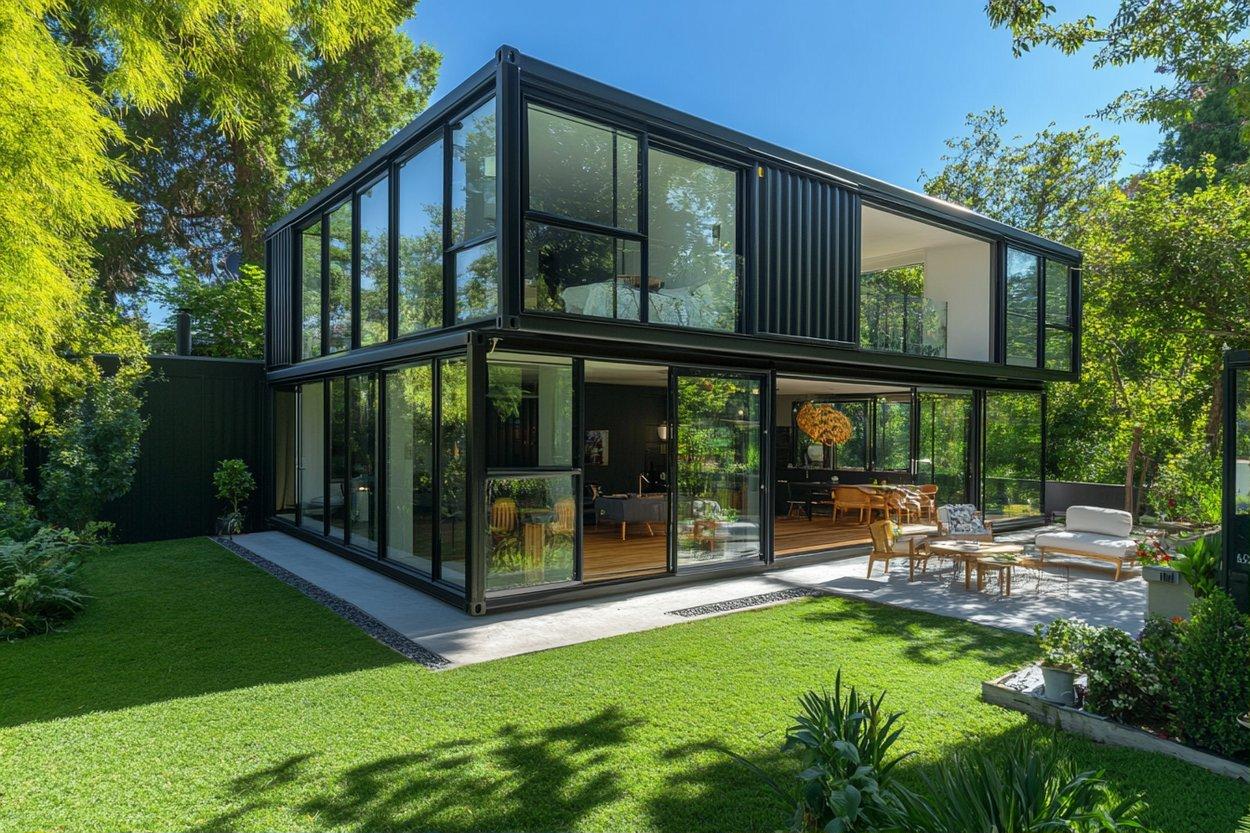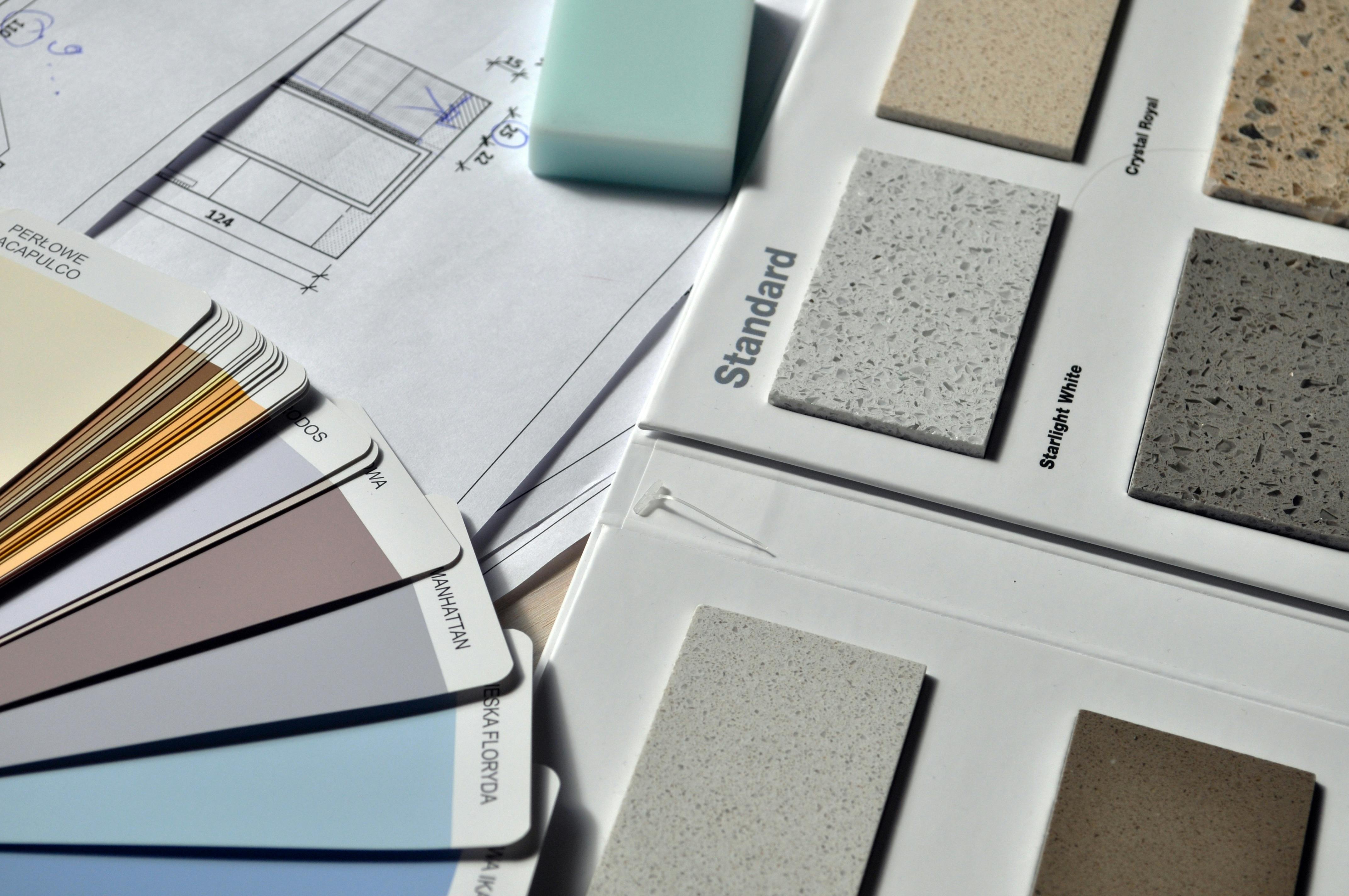Discover 5 Trends in Architect-Designed Homes for 2025 That Will Elevate Your Living Experience
The evolution of architect-designed homes continues to push boundaries as we approach 2025, with innovative solutions that blend functionality, sustainability, and cutting-edge technology. These emerging trends reflect a deeper understanding of how our living spaces impact our wellbeing, productivity, and connection to the environment. Let's explore the five key trends that are reshaping residential architecture and creating homes that truly enhance our daily lives.

How Are Sustainable Innovations Transforming Modern Home Design?
Sustainable innovations are becoming the cornerstone of architect-designed homes, moving far beyond basic energy efficiency. Architects are incorporating regenerative design principles that allow homes to produce more energy than they consume. Advanced solar integration, including transparent solar panels integrated into windows, and sophisticated rainwater harvesting systems are becoming standard features. These homes utilize eco-friendly building materials like cross-laminated timber and recycled composites, while implementing circular economy principles in their construction and maintenance processes.
Why Are Adaptive Spaces Becoming Essential in Home Design?
The concept of adaptive spaces has evolved dramatically, responding to our changing lifestyle needs. Modern homes feature transformable rooms that can shift from home offices to guest bedrooms, or from entertainment spaces to quiet retreats. Architects are designing movable walls, multi-functional furniture systems, and modular components that allow spaces to serve multiple purposes throughout the day. These flexible solutions maximize square footage while maintaining aesthetic cohesion and functionality.
How Is Nature Being Integrated into Modern Home Design?
The integration of nature and wellness design has moved beyond simple indoor plants to create genuine biophilic environments. Architects are designing homes with living walls, internal courtyards, and seamless indoor-outdoor transitions. Natural light optimization through strategic window placement and light wells has become crucial. Wellness-focused features include dedicated meditation spaces, indoor gardens, and advanced air purification systems that maintain optimal indoor air quality.
What Role Does Smart Technology Play in Contemporary Homes?
Smart technology and connected living have become fundamental elements in architect-designed homes. Integrated home automation systems now control everything from climate and lighting to security and entertainment. AI-powered home assistants optimize energy usage, while smart windows automatically adjust their tint based on sunlight intensity. These technologies are being implemented invisibly, maintaining the home’s aesthetic while enhancing functionality and energy efficiency.
How Are Personalization and Materials Evolving in Home Design?
Personalization has reached new heights through the use of unique materials and customized design elements. Architects are experimenting with innovative materials like self-healing concrete, thermochromic surfaces that change color with temperature, and locally sourced sustainable materials that reflect regional character. 3D-printed architectural elements allow for unprecedented customization in everything from decorative features to structural components.
What Investment Is Required for These Modern Design Features?
| Feature Category | Average Cost Range | Implementation Complexity |
|---|---|---|
| Smart Home Integration | $15,000 - $45,000 | Medium to High |
| Sustainable Systems | $30,000 - $100,000 | High |
| Adaptive Space Solutions | $20,000 - $75,000 | Medium |
| Biophilic Design Elements | $10,000 - $50,000 | Low to Medium |
| Custom Material Applications | $25,000 - $150,000 | Medium to High |
Prices, rates, or cost estimates mentioned in this article are based on the latest available information but may change over time. Independent research is advised before making financial decisions.
The future of architect-designed homes is increasingly focused on creating spaces that adapt to our needs while maintaining harmony with the environment. These trends represent not just aesthetic choices but fundamental shifts in how we think about residential architecture. As we move toward 2025, these innovations continue to evolve, promising homes that are more sustainable, comfortable, and aligned with modern living requirements.




